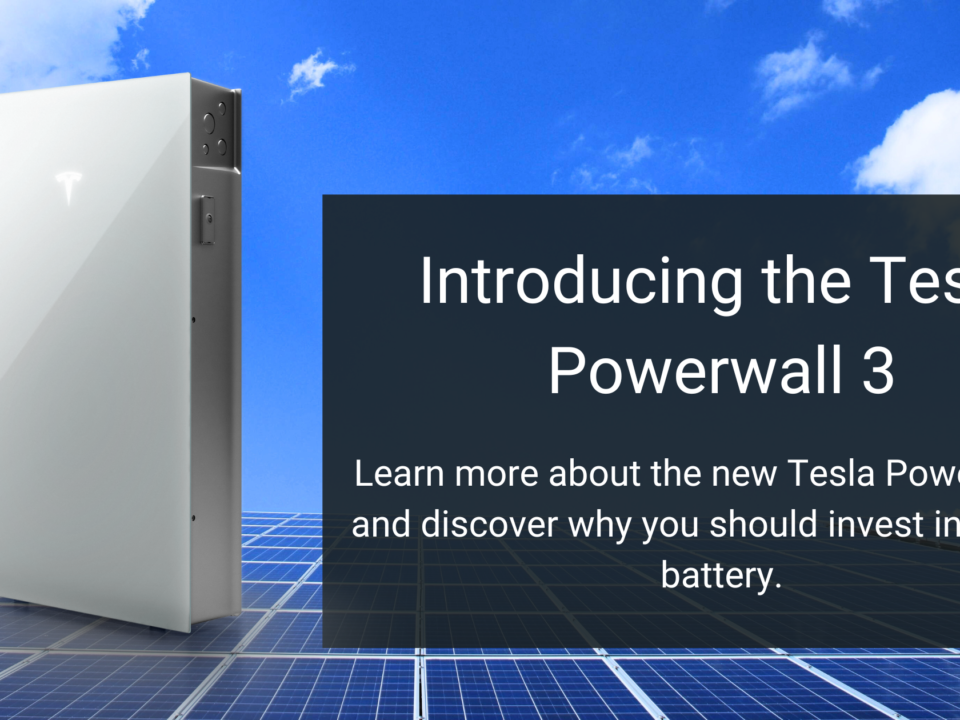
Introducing the Tesla Powerwall 3
May 2, 2024
Solar Panels for Mobile & Manufactured Homes: Is it Worth it?
May 30, 2024Home Battery Backup vs. Time of Use (TOU): Which is Better?

As home energy solutions become more sustainable and cost-effective, home batteries are increasingly common additions to modern households. Batteries are often thought of simply as a source of backup power for when there are outages, but they’ve been paired more and more frequently with solar panel systems. This pairing allows for users to have more control over their power, giving them the ability to take advantage of time of use (TOU) rates to increase their energy savings. With these two very different ways of utilizing a home battery emerging, the question becomes: is it best to use a home battery for backup, or to maximize savings with TOU rates?
Time-of-Use (TOU)
TOU strategies are designed to maximize your energy savings by discharging stored energy during peak demand hours when electricity rates are at their highest. With this method, batteries can also be programmed to send excess energy back to the grid during high-demand periods, contributing to a more efficient energy infrastructure while earning money back.
With the new NEM 3.0 in place, it’s important to understand how to program your battery to maximize savings. While it’s not as lucrative as its predecessor, NEM 2.0, and may be a bit more difficult to master, you can still save significantly by understanding the system and programming your battery accordingly.
In addition to saving money, you’ll also contribute to saving the planet. Using stored solar energy during peak hours reduces the need for power plants to generate energy from fossil fuels. While many may focus on how batteries can be a cost-effective solution, don’t overlook the fact that they also play a role in reducing our carbon footprint. It’s a win-win.
Battery Backup
Home batteries designed for backup power provide uninterrupted energy during outages, ensuring essential appliances remain operational. While some batteries can power an entire home, they are typically used to keep necessary appliances like refrigerators running during blackouts. Less critical devices may remain without power.
Backup power is particularly important for those who live in fire zones or areas prone to frequent blackouts. While you may not save as much as you do with TOU, you’ll have reliable, uninterrupted power when you need it most, and the peace of mind to know that you’ll make it through emergencies, severe weather events, or other prolonged outages.

The all-new Tesla Powerwall 3 is an innovative home battery system.
What About Generators?
When thinking about backup power for your home, you may also have thought about generators. How do they compare to home batteries? Both provide homes with backup power during outages, but they’re actually quite different in their function, cost, maintenance, and environmental impact.
Generators generally have a lower upfront cost compared to battery systems. Prices can range from a few hundred to several thousand dollars, depending on the size and capacity. However, generators require ongoing fuel costs and regular maintenance, such as oil changes and engine tune-ups, which can add to the long-term expense.
In contrast, batteries have a higher initial cost but require minimal maintenance. They do not need fuel and can be recharged via solar panels or the grid, making them a cleaner and more convenient option.
Generators produce greenhouse gases and other pollutants during operation, contributing to environmental pollution. They can also be noisy, which might be a concern in residential areas. Batteries, especially when charged with solar energy, offer a clean, renewable power source. They operate silently, making them ideal for residential use.
The Verdict: TOU Wins
While having a battery for backup power has its benefits, unless you are in a fire zone or otherwise at high risk for frequent outages, we’d recommend going with TOU. Backup systems tend to cost more upfront and don’t provide you with efficient energy on a daily basis. In the long run, programming your battery to function in sync with TOU rates allows you to maximize the energy your home produces and therefore minimize your overall costs. By storing power and using it to offset high costs, you’re likely to significantly reduce your electric bill every single month. That can add up to a lot of money saved over the years, which is likely better than whatever benefits you’d get from keeping the lights on through a couple of blackouts.
In summary, TOU provides a dual advantage: significant cost savings and environmental benefits. By leveraging your battery’s capacity to store and discharge energy based on TOU rates, you can optimize your household’s energy efficiency. While backup power is crucial for those in high-risk areas, the overall financial and ecological benefits of using a battery in conjunction with TOU make it the more advantageous option for most homeowners.
Battery Storage with Solar Discovery
Solar Discovery is an all-in-one energy solutions company that offers home battery installations. Whether you’re looking for a battery for backup or want to take advantage of the savings that a home battery can provide, we’re here to help. Get in touch with us today to learn more about the benefits of a home battery system.




